He was born in the city of Sardasht in West Azerbaijan province and grew up in Mahabad. He felt destined to follow his dreams abroad, but to get a passport, he had no other choice but to complete his mandatory military service. However, when protests suddenly swept Iran last year, he took a leave of absence while he was guarding the border and, along with his friends, joined street protests, wearing a black mask and breaking street lights to prevent demonstrators from being identified. One night his world was turned upside down. A year later, with close to 500 pellets lodged in his body, he broke his silence in front of our camera.
Mohammad Khezri has now left Iran, but he had never imagined that he would be carrying 500 pellets as a memento from his country of birth.
***
We interviewed Mohammad several times before but he was never satisfied. Even the last time, when we decided to publish this report, he wrote to me: “I want to be honest with you. I failed to convey even one percent of the pain and torment I have suffered.”
How would such a thing be possible at all? Could all the suffering he endured be described? Let’s take a look at the CT scan of the pellet-filled body of this 22-year-old young man who, on October 29, 2022, at the height of the nationwide protests, was shot with pellets five times by security forces in a dark alley.
Five Shots in the Dark
It was a week into Mohammad’s leave of absence, a week he had spent in street protests. Mohammad was among the young men at the forefront of last year’s protest rallies and, after the security forces violently dispersed demonstrators, he and his friends wrote slogans on the walls, distributed leaflets and broke street lights to prevent the protesters from being identified and arrested.
It was around 10 o’clock at night on October 29. Armed security forces had swamped the city, creating a tense atmosphere. Mohammad and his friends, however, were in a quiet area. They roamed the alleys several times but the only things they saw were security forces patrolling the city in vehicles.
Mohammad and his friends were standing in front of a shop next to the alley. A security vehicle stopped at some distance from them and three agents got out of the car. One was wearing a conscript uniform, the second one was a policeman and the third was dressed in a local Kurdish costume. They stood in a row and started marching toward Mohammad and his friends.
Mohammad and his friends were hesitant whether they should escape or not. Without warning, the security agents lifted their guns toward them and the young men decided to escape. A black mask was wrapped around Mohammad’s his neck, a sure giveaway that he was a protester. This is the same black mask that can be seen in the picture below.
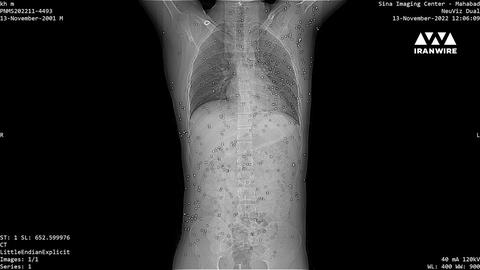
“We were not doing anything wrong,” he says. “We were talking when they increased their speed. They lifted their guns toward us. They did not shout any order. They aimed their guns at me…we were eight meters away at most when they started shooting. The first shot hit the ground on my left side. I didn’t stop and continued running. They fired five more times and all the shots hit my back. Right then, I felt I could no longer move my left arm.”
Mohammad says that one of the agents was holding a shotgun and had a strap over his chest with bullets, ready to reload the weapon. The other one was holding a Kalashnikov and was wearing an anti-riot helmet. All three had their faces completely covered and one of them was wearing a keffiyeh, a traditional Arab headdress.
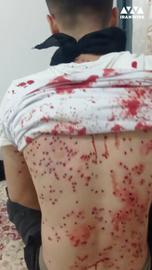
What word can accurately describe the 500 hot metal pellets that tore through Mohammad’s flesh and lodged in his body’s tissues? What image can transport us to the moment when relief personnel reached him in the home of an ordinary citizen who had given shelter to him? To keep the young man alive, they were forced to inject him with epinephrine (adrenaline), a drug that is used when a patient is hemorrhaging badly or has an extremely low blood pressure but, under certain conditions, can cause cardiac arrhythmia.
“That night, because of the shock, I was speaking gibberish. My body was extremely cold, I was sweating, was nauseated, dizzy and felt extreme pain. I could not sleep that night,” he says.
The pellets had injured Mohammad’s left lung, causing hemorrhage that had trapped the air inside his lung. Later, this led to the infection of the lung. The pellets had penetrated tissues near his heart, his liver and his alimentary organs, and they still “host foreign objects.”
Relief workers succeeded, through their connections, in getting Mohammad into a hospital for surgery: “They just anesthetize my left side. I remember it. They cut through my skin. The moment when they did that, blood and infection gushed out from my lung like a bottle of soda that you have shaken because of the air and the blood that had been piled up in my lung for 15 or 16 hours. It was horribly painful.”
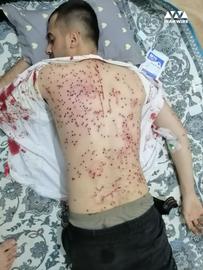
Nightmares Go On
The world might see images and scenes of brutal violence against the protesters but, for the demonstrators themselves, these images become engraved in their being and their pain never subsides.
“At night, I still have nightmares of the night I was attacked,” says Mohammad. “In some of the nightmares I’m arrested and they take me for interrogation and torture. In other nightmares, it seems that I’m at home or in the hospital and suddenly security forces burst in and my treatment is canceled. A year has passed but I still suffer from extreme insomnia and I have cut down my daily activities.”
Mohammad can no longer exercise as he used to because his heart begins to ache. Cigarette smoke, air pollution and steam make it difficult for him to breathe. Even climbing steps is difficult for him. It has been a year since he was shot in a narrow and dark alley but the sound of the five shots, the burning heat of the pellets, the pain of the ruptured skin and flesh and the gushing of blood remains in his suffering soul.
“A Soldier of Freedom, Not of the Islamic Republic”
Mohammad’s leave of absence from the military service came to an end but both the protests and the pain in his body and soul continued. He had to endure painful and stressful days and nights. Mohammad and his family started receiving threatening phone calls. They wanted to force him to return to military service but he was going somewhere else where his dreams might perhaps come true.
“In answer to the first calls, I said I was sick and could not return to service,” says Mohammad. “But they ignored my answers and we received more calls. Perhaps my case went to the intelligence department. The phone numbers were unknown and the voices were different. They told me that it would prove to be very costly to me. But I believed I was a soldier of freedom, not a soldier of the Islamic Republic.”
Mohammad was born in Sardasht, a city with one of the highest rates in terms of unemployment and emigration. He grew up in Mahabad, one of the cities in Kurdistan that have suffered from various deprivations. Living in such places made Mohammad a protester: “The cities where I was born and grew up are obviously cities that suffer from deprivations and where the Islamic Republic inflicted many injustices, just like in Baluchistan [province]. And that’s why a beautiful unity took shape and each and every Kurd felt duty-bound to participate in the protests.”
Mohammad did not return to military service and his family resisted all the threats they were receiving. The young man who wanted to finish his military service and leave Iran legally to study, write songs, sing rap music and breathe the air of equality and freedom, was now forced to flee illegally, live in suspense and wander around for a whole year: “I am still proud of my decision. I suffered a lot on this road but I chose the right path. My main goal remains the same and I still believe in a better tomorrow for myself, for Iran and for my dear people. I do believe that a better tomorrow is waiting for us, especially for Kurdistan which has suffered extreme injustices.”
After a year, Mohammad, who is now waiting in another country to go to a safe place, is a witness to and a victim of crimes committed by the Islamic Republic: “My mother aged 10 more years from the night when I was shot until I could save myself and leave Iran in miserable condition. I would never be able to repay for the agony and pain that I caused my mother. Let me say that I miss them. But I shall return with strength. One day we shall all gather together in our motherland and we shall celebrate our victory and our freedom. I promise.”
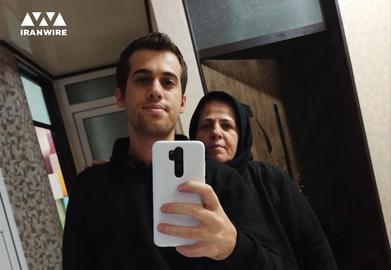
visit the accountability section
In this section of Iran Wire, you can contact the officials and launch your campaign for various problems








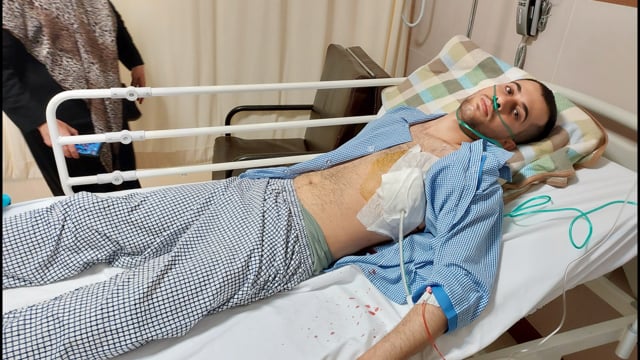



















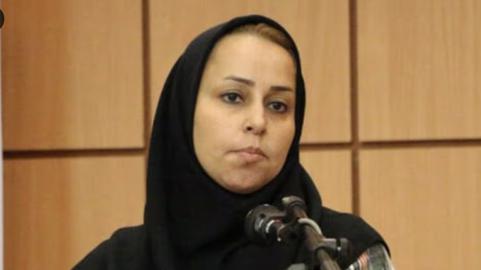
comments